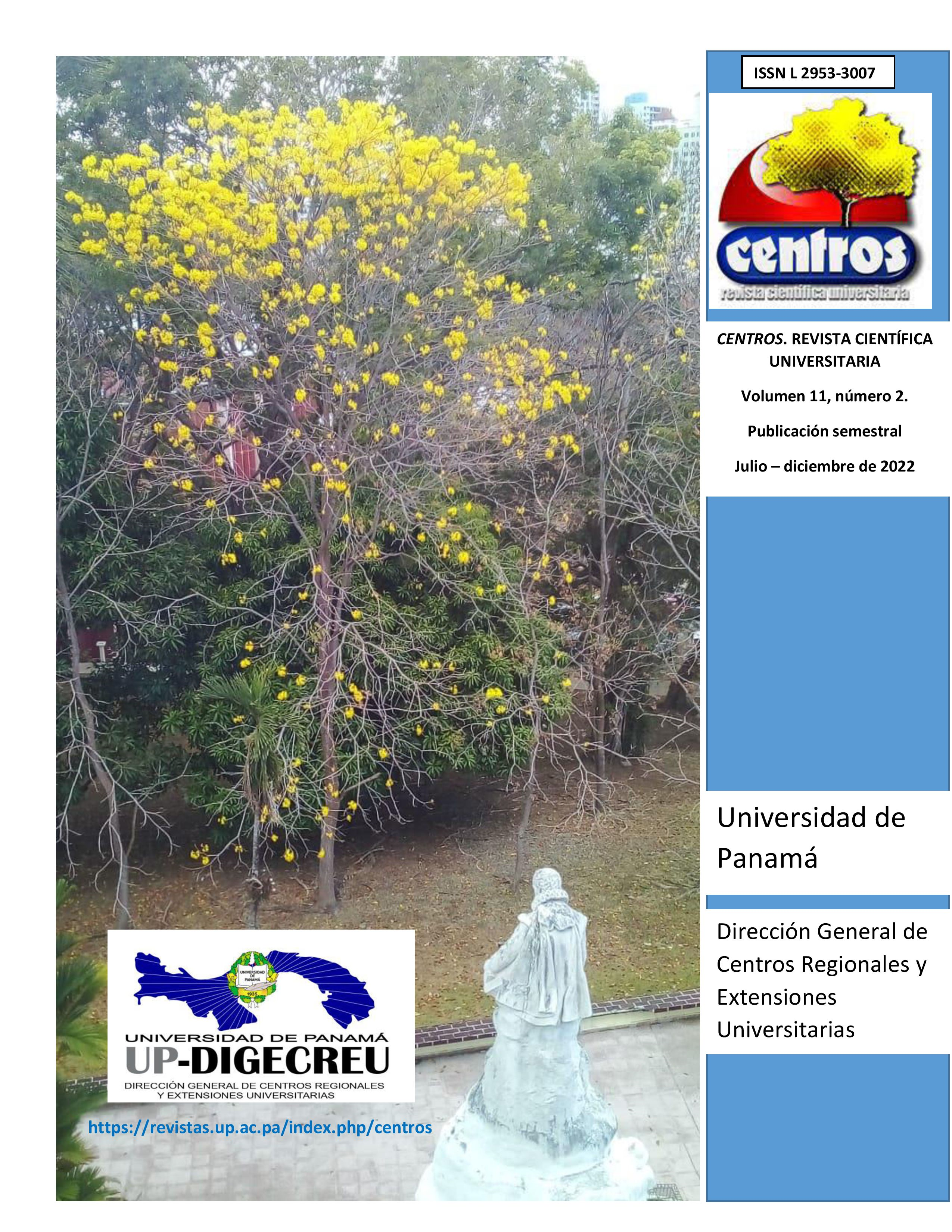References
Almond, W. D. 1991. A plot study of forest floor litter frogs, Central Amazon, Brazil. J. Trop. Ecol. 7:503-522.
Arzabe, C. 1999. Reproductive activity patterns of anurans in two different altitudinal sites within the Brazilian Caatinga. Revista brasileira de Zoologia 16 (3): 851-864.
Batista, A., JARAMILLO, C. A., PONCE, M., & CRAWFORD, A. J. (2014). Una nueva
especie de Andinobates (Amphibia: Anura: Dendrobatidae) del oeste central de Panamá. Zootaxa, 3866(3), 333-352.
Carrizo et al., 2010. Riqueza y Abundancia de la Herpetofauna de la Cuenca Alta del Río Santa María, Santa Fé, Veraguas. Tesis no publicada. Universidad Autónoma de Chiriquí. Chiriquí, Panamá. 123 pp.
Colwell, RK, Chao, A., Gotelli, NJ, Lin, SY, Mao, CX, Chazdon, RL y Longino, JT (2012). Modelos y estimadores que vinculan rarefacción, extrapolación y comparación de conjuntos basadas en individuos y muestras. Revista de ecología vegetal, 5 (1), 3-21.
Crawford, A. J., K. Lips, & E. Bermingham. 2010. Epidemic disease decimates amphibian abundance, species diversity, and evolutionary history in the highlands of central Panama. P. Nat. Acad. Sci. USA 107(31): 13777-13782.
Crump ML, Scott NJ. 1994. Standard Techniques for Inventory and Monitoring. En: Heyer WR, Donelly MA, Mcdiarmid RW, Hayek AC, Foster MS (eds.). Measuring and monitoring biological diversity: Standard methods for amphibians. Smithsonian Institution Press, Washington, D. C., pp. 77-141.
Duellman, W. E. 1995. Temporal fluctuations in abundances of anuran amphibians in a seasonal Amazonian rainforest. J. Herpetol. 29:13-21.
Duellman, W. E. & R. Thomas. 1996. Anuran amphibians from seasonally dry forest in southeastern Peru and comparisons of the anuran among sites in the upper Amazon Basin. Occas. Pap. Mus. Nat. Hist. Univ. Kansas 180:1-34
García, J.A. 2005. Incidencia de la cobertura arbórea sobe los ensamblajes de anuros en un paisaje silvopastoril de Río Frío, Costa Rica. Una perspectiva de hábitat y paisaje. Tesis Mag. Sc. Universidad Nacional, Heredia, CR. 91 p.
García-R, J.; Castro-H, F.; Cárdenas-H, H. 2005. Relación entre la distribución de anuros y variables del hábitat en el sector la Romelia del Parque Nacional Natural Munchique (Cauca, Colombia). Caldasia 27(2):299-310.
Gardner, T. A., J. Barlow, and C. A. Peres. 2007a. Paradox, presumption and pitfalls in conservation biology: The importance of habitat change for amphibians and reptiles.
Gómez, M. 2007. Relación entre la diversidad de herpetofauna en sistemas silvopastoriles, la calidad del agua y el bienestar de los productores en el municipio de Matiguas (Matagalpa, Nicaragua) Tesis Mag. Sc. Centro Agronómico Tropical de Investigación y Enseñanza. CATIE, Turrialba, CR. 121 p
Heinen, J.T. 1992. Comparisons of the leaf-litter herpetofauna in abandoned cacao plantations 52 and primary rain forest in Costa Rica: Some implications for faunal restoration. Biotropica 24(3): 431-439.
Huq, S. (2014). Andinobates geminisae. AmphibiaWeb: Información respecto a biología anfibia y conservación. [aplicación web]. Retrieved from http://amphibiaweb.org/
Leenders, T. (2016). Anfibios de Costa Rica. Prensa de la Universidad de Cornell.
Magurran A, Henderson P. 2003. Explaining the excess of rare species in natural species abundance distributions. Nature. 422:714–716.
MiAMBIENTE. 2016. Plan de acción para el desarrollo del turismo verde en las áreas protegidas en la República de Panamá 2016-2026.
Myers, C. 1972. The Status of Herpetology in Panama.InJones, M. L., editor. The Panamic Biota: Some Observations Prior to a Sea-level Canal.Bulletin of the Biological Society of Washington2:199–209
Molina, L.L.A.; Agudelo, A.; Peña, R.M.J.; Cuartas, C.C.A.; Roldan, P.F.; Parra, C.J.D. 2000. Inventario de Flora y Fauna de la Reserva la Guarcana, Municipio de Buriticá Antioquia. Marzo 29. Corantioquia.n/ohammar/ past.
Salvaje, JM (2002). Los anfibios y reptiles de Costa Rica: una herpetofauna entre dos continentes, entre dos mares. Prensa de la Universidad de Chicago.
Urbina-Cardona, J.N.; Carvajal-Cogollo, J.E. 2008. Patrones de Diversidad y Composición de Reptiles en Fragmentos de Bosque Seco Tropical en Córdoba, Colombia. Tropical Conservation Science 1(4): 397-416.
Vargas, S.F.; Bolaños, M.E.; Berrio-B, H. 2000. Notas sobre la ecología reproductiva de Agalychnis spurrelli (Anura: Hylidae) en una población de Anchicayá, Pacífico colombiano. Revista Academia Ciencias Exactas, Físicas y Naturales 24 (90):85- 99.
Wolda, H. 1988. Seasonality and the community. Pp. 69-95. In: J. H. Gee & P. S. Giller (Eds). The Organization of the communities. Blackwell Scientific Publications, Oxford.

